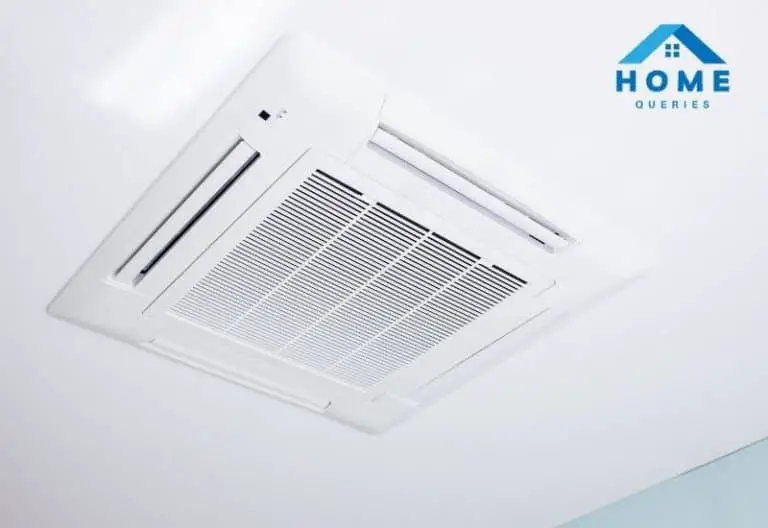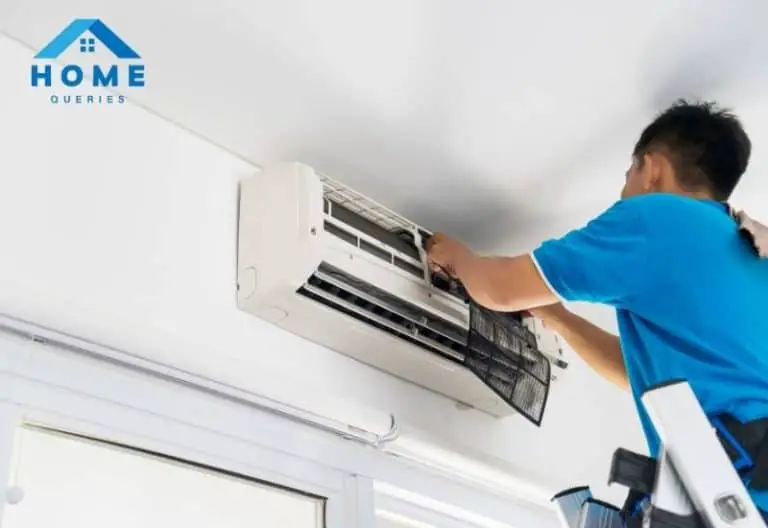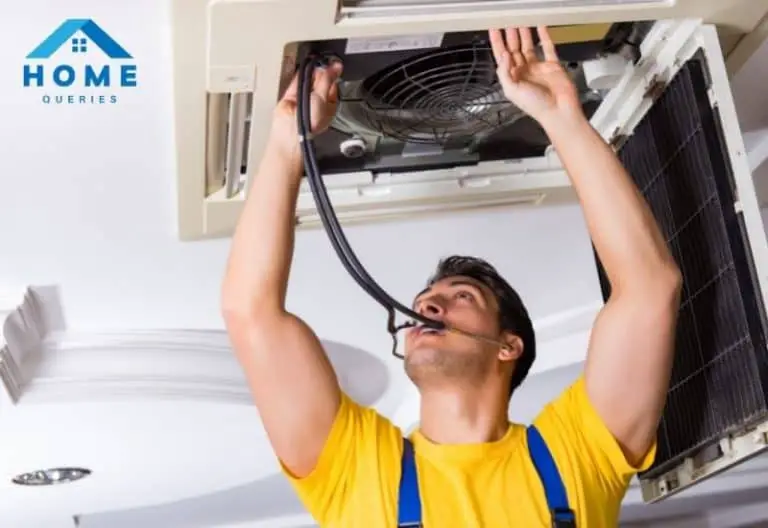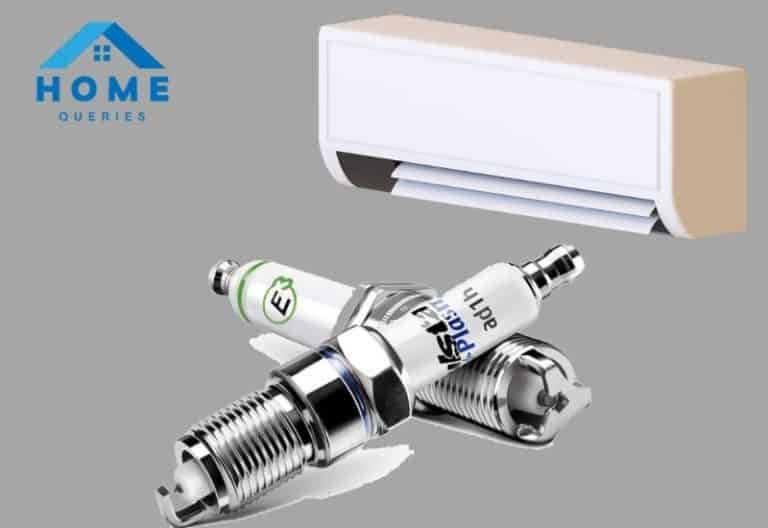A plane is a heavier-than-air fixed-wing aircraft powered by a screw propeller or a high-velocity jet and supported by the dynamic reaction of the air against its wings. Can I take an air conditioner on a plane?
Air Conditioner means a system or technique for managing the temperature, humidity, and occasionally the purity of the air in an interior, such as an office, theater, laboratory, or residence, especially one that can cool. There are various sorts of air conditioners, each with its own set of advantages and disadvantages.
The air conditioning system is a critical system that regulates the temperature within the plane for the flight crew, passengers, and equipment. It’s a complicated networked system made up of a number of interconnected subsystems, components, sensing and action devices, and feedback control loops.

Can I Take An Air Conditioner On A plane?
In modern days planes are well equipped with modern technologies and comfort; air conditioners are one of them. Depending on your preferences and the authorization of the plane authority, you may or may not bring an air conditioner on board. Air travel is the safest means of transportation across land and water, as evidenced by an aircraft’s air conditioning system.
Equipment durability, system evaluation, aircrew and service crew proficiency, rejection, and accident investigation are just a few of several safety barriers created by the aviation industry to ensure that the next time a person boards an airplane, he or she can relax throughout the ride.
Is There Any Existing Air Conditioning System In Planes?
Aircraft makers develop air – conditioning that assures a continuous flow of fresh and conditioned air regardless of the operating environment the aircraft is subjected to in order to ensure passenger comfort and cleanliness inside the aircraft cabin.
The cabin temperature can be regulated by the flight crew by up to 32° C in nations with winter seasons or wherever the climate is frigid, such as Siberia, by simply spinning a knob in the overhead cockpit panel. The cabin temperature can be altered for up to 16° C in nations near the equator with tropical climates, such as the Philippines, by following the same technique.
Most individuals are unsure that a jet engine produces more than just power to propel an aircraft forward. The hot air traveling through the engine’s low-pressure compressor stage was harnessed by aircraft and engine makers.
It was made possible by constructing a duct via which the bleed air would exit, allowing it to be used as the principal supply of breathing air for the cabin and cockpit. Engine bleed air is what it’s called. This design allows for a limitless supply of air without adding to the aircraft’s weight.
The low-temperature ram air enters through the ram-air inlet duct at the belly part outside of the airplane and cools the high-temperature engine bleed air through heat transfer. Ram air is ambient air that flows in the opposite direction of the aircraft’s flight path. The heat exchange process takes place within the heat exchanger. It is vital to note that these two air sources do not come into physical touch with one another.
The now converted hot ram air is expelled through the ram air exhaust duct, which is only a few meters aft of the intake duct, after undergoing the heat transfer process. After passing through an air cycle machine, the now cooler engine bleed air is returned to the engine.
This element lowers the air temperature even more by lowering the pressure supplied using a compressor-turbine arrangement. The much colder air then flows through the condenser, which removes any surplus water vapor in the air before being sent to the mixing chamber and subsequently to the cabin and cockpit.
It is crucial to note, however, that not all airplanes have an air conditioning system. Aircraft with a maximum operating altitude of 10,000-15,000 feet are not typically equipped with an air conditioning system because the amount of oxygen available at this height is sufficient for a healthy person to breathe. Small trainer aircraft, or those whose size is comparatively small, usually fall under this design approach, which prioritizes space savings over comfort.
An air conditioning system is necessary for larger aircraft with a passenger capacity and size that are designed to travel at much higher altitudes so that both the crew and passengers may breathe properly and enough aircraft compression is obtained.
Read more: Do You Take The Styrofoam Out Of The Air Conditioner?
What Are The Benefits Of Air Conditioners In Planes?
Although not all airplanes require a cooling system, air conditioning is essential in all of them. However, when the necessity for a cooling system is considered as its whole, it becomes clear that it is a pressing matter.
The airplane must have enough oxygen in the cabin for all crew and passengers to be able to carry on with their normal activities without running out of oxygen.
The oxygen levels in the sky fluctuate while the plane is in the air and when someone is on the ground. From here, the air conditioner will help the passengers get the oxygen they require. The air is then sent to different cabins via vents, louvers, or ocular gaspers, which are commonly located above the passenger seat.
When a cooling system fails, the current air will not be compressed sufficiently. Temperatures can swiftly rise and fall or become unstable. Even the aircraft cabin will experience a peak temperature of almost 250 degrees Celsius.
Although some cabin air may be recirculated, it should be filtered and purified first. For cockpit crew members, the recommended ventilation rate is 6 m3 min per passenger.
Modern planes with a vapor cycle system have alternators with 400 pcs of power, allowing for reasonably high rotating speeds and resulting in significantly lighter equipment. Vapor compressors powered by air turbines with speeds of up to 80000 rpm have also been produced.
It also has the advantage of delivering ground cooling via an electrical power supply, which is the most crucial factor to consider when using it for plane cooling.
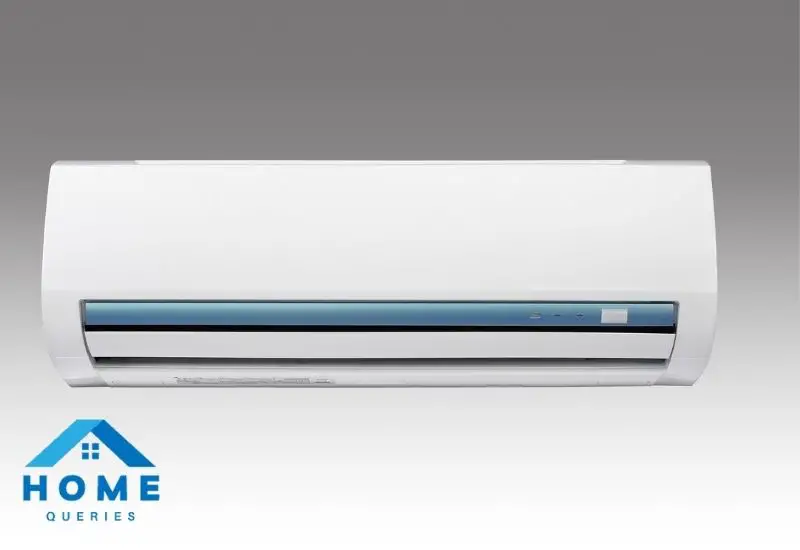
Taking Air Conditioner On A Plane
Can I Take an Air Conditioner On A Plane? As long as the package’s weight and height are within the permitted parameters, anyone can take the air conditioner with them in a plane. Technically, the halon gas in the air conditioner might be considered a compressed gas.
Nothing will happen since the luggage compartment is pressurized and heated to roughly 10-15°C, but the cabin pressure, even in the hold, is lower than normal, allowing any gas to escape.
On the other hand, If you’re talking about a window air conditioner or the outdoor unit of a split air conditioner, you won’t be able to accomplish it because the unit’s weight will be over 32 kilograms. Which is the maximum allowance per piece?
Then there’s the matter of safety (gas), as well as dimensions (maximum 119x119x81) and overall weight, that would result in significant baggage fees if you were allowed.
Restricted Items In A Plane
International airlines have different restrictions about carry-on allowances, so it’s best for travelers to double-check all they need to know about what they can and can’t bring on planes.
- Personal devices using lithium batteries with a capacity of fewer than 100 watt-hours are permitted in carry-on and checked luggage. However, loose lithium batteries are not permitted.
- In checked or carry-on baggage, you are not permitted to bring any camping equipment containing fuel, such as camping stoves.
- Chainsaws and gas-powered weed cutters, for example, are not allowed in baggage unless they are brand new. The fuel source has been removed, or the fuel has been purged in this scenario. The equipment must be accompanied by a letter from the firm that purged the fuel if the fuel has been purged.
- Firecracker, gunpowder, flare guns, and smoke bombs trinkets such as holiday poppers or Christmas crackers are not allowed in carry-on or checked baggage.
- Many everyday substances, such as gasoline and insecticides, are flammable or caustic. So, if you’re planning to bring chlorine, cleaning solvents, gel fuel, epoxy, pesticides, paints, flame lighters, spray starch or other chemical products, you’re out of luck.
- Liquors that contain more than 70% alcohol by volume are not permitted. If the alcoholic drink is less than 70% alcohol by volume, you can bring up to 3.4 ounces (100 milliliters) through the security checkpoint.
- Travelers are not permitted to bring torch lighters in their carry-on luggage, according to Transportation Security Administration (TSA) regulations. Electronic cigarettes and personal vaporizers are likewise prohibited from being checked or gate-checked.
- Pepper sprays and mace are not permitted in carry-on or checked luggage.
- Moreover, Flares and/or flame guns on the life vest are specifically forbidden and should be removed before the life jacket can be approved.
- There are different types of sports equipment which are also prohibited from taking on a plane.
What If There Is No Air Conditioning In The Planes?
If there is no air conditioning system in the plane, the cabins might get extremely hot and congested. A cabin can become excessively heated for a variety of reasons. When the engines are running, most commercial planes feature a cooling system.
HEPA filters are capable of removing 99 percent of dust and germs from the air. Using that little air vent to your benefit can help you avoid coming into contact with some bacteria that can make you sick during a flight.
Planes also have dry weather, which means your mucosal membranes can dry out on such a flight if the air conditioning is not working. When this happens, you’re more likely to become infected with a virus.
The humidity in airplane cabins is extremely low. Your throat, nose, and skin may get dry as a result of this.
Because your air conditioning isn’t operating properly, your body is getting less oxygen. If there is a lack of oxygen in the cabin, airlines “pressurize” the air, making you feel fatigued or even short of breath.
Motion sickness can also be caused by an imbalance in the air conditioning system. Furthermore, if the aircon isn’t working well, you may feel bloated.
Reason Behind Air Conditioning Failure In Plane
For a multitude of causes, a cabin might get overheated. There may be a delay when a plane switches from the onboard cooling system to the auxiliary power unit or preconditioned air, or vice versa, and in hot weather, a plane can quickly get steamy. This overall temperature can be exacerbated by body heat on a full plane and heat from overhead lights.
When an empty, powered-down plane remains in hot weather for an hour or more, the cabin may take a long time to cool down.
External air-conditioning units are preferred by airplanes over alternative power sources since they are both less affordable and more environmentally sustainable. The issue is that many of the exterior units purchased by planes are of poor quality and do not adequately cool airplane cabins.
How To Stay Cool If There Is Failure In Air Conditioning In Plane
During hot weather, more to add to air conditioning failure, anyone can keep their body cool onboard by frequently drinking from a bottle of cold water and wearing lightweight clothing made of permeable fibers. A hassle-free approach is to travel with a reusable water bottle that can be filled at a water fountain.
Overheated passengers should request ice wrapped in a towel, which they can drape on their heads until they calm off and the situation is not under control.
When you feel bloated because of air conditioning failure, you might have a burger or some other foods which will help you in overcoming the situation of your body.
Conclusion
Can I take an air conditioner on a plane? It is intended that after reading the entire post, you will have a clear understanding of whether or not you can carry an air conditioner on a plane and will have all of the necessary information, the advantages and drawbacks of using an air conditioning system in a plane.
Make sure you’re getting the most out of your air conditioner by doing everything you can to keep it running efficiently. If you’ve read the post, you already have a good notion of what you’re dealing with.

